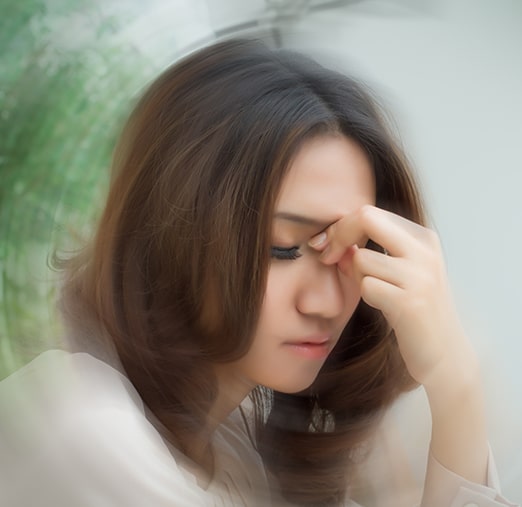
VNG Testing
Videonystagmography (VNG) testing is recommended if a patient has complaints of dizziness, including vertigo (spinning sensation), imbalance, unsteadiness, and/or lightheadedness. We use VNG to determine if the vestibular portion of the inner ear, which is responsible for carrying balance signals to the brain, may be the cause of dizziness symptoms. VNG is one of the only tests capable of determining if a vestibular problem is localized to one or both sides of the balance system.
Good balance and vision rely on a close relationship between the vestibular organ and the eyes. The VNG evaluates your balance function by using a pair of goggles, which are designed to record your eye movements when following visual objects. People produce involuntary eye movements called, “nystagmus,” when they become dizzy. If there is a problem within the balance system, certain head or body positions can trigger these involuntary eye movements.
Parts of VNG Testing
During the evaluation you will be wearing a set of goggles that are equipped with an infrared camera that records your eye movements. The test battery typically consists of four parts:
- Oculomotor testing: you will be asked to watch a series of dots and images on a screen
- Positional testing: you will be asked to move your head and body in different positions
- Caloric testing: you will be laying at an angle with the goggles covered. Warm and cool air will be put into your ears for about one minute
Rotary Chair Testing
Rotary chair testing assesses the integrity of the vestibular-ocular reflex (VOR) to provide information about how the balance system is functioning. The VOR is an automatic reflex that is responsible for maintaining visual clarity of objects during head movements. It allows individuals to perform such routine activities as checking the time on a wristwatch while walking down the street – our eye fixates on the watch while our legs keep us walking.
Rotary chair testing helps us diagnose suspected loss of balance (unilateral or bilateral), and differentiate between central nervous system disorders, such as exposure to toxic drugs and peripheral or inner ear disorders. For this test, the patient sits in a rotational chair that slowly moves in a back-and-forth motion.
Rotary chair testing is an extremely helpful part of the overall vestibular test battery that provides deeper insight than just the VNG alone.
VEMP Testing
Electrocochleography
Electrocochleography (ECoG) test is an objective assessments used in the diagnosis of Meniere’s disease and other disorders. ECoG measures electrical impulses generated in the cochlea, a part of the inner ear, in response to auditory stimulation.
During an ECoG test, sticker electrodes are placed on the forehead and behind your ears. Special earphones are inserted into your ear canals and you listen to a loud clicking sound while the responses from your nerves are measured through the electrodes. The audiologist then analyzes and interprets the results.

